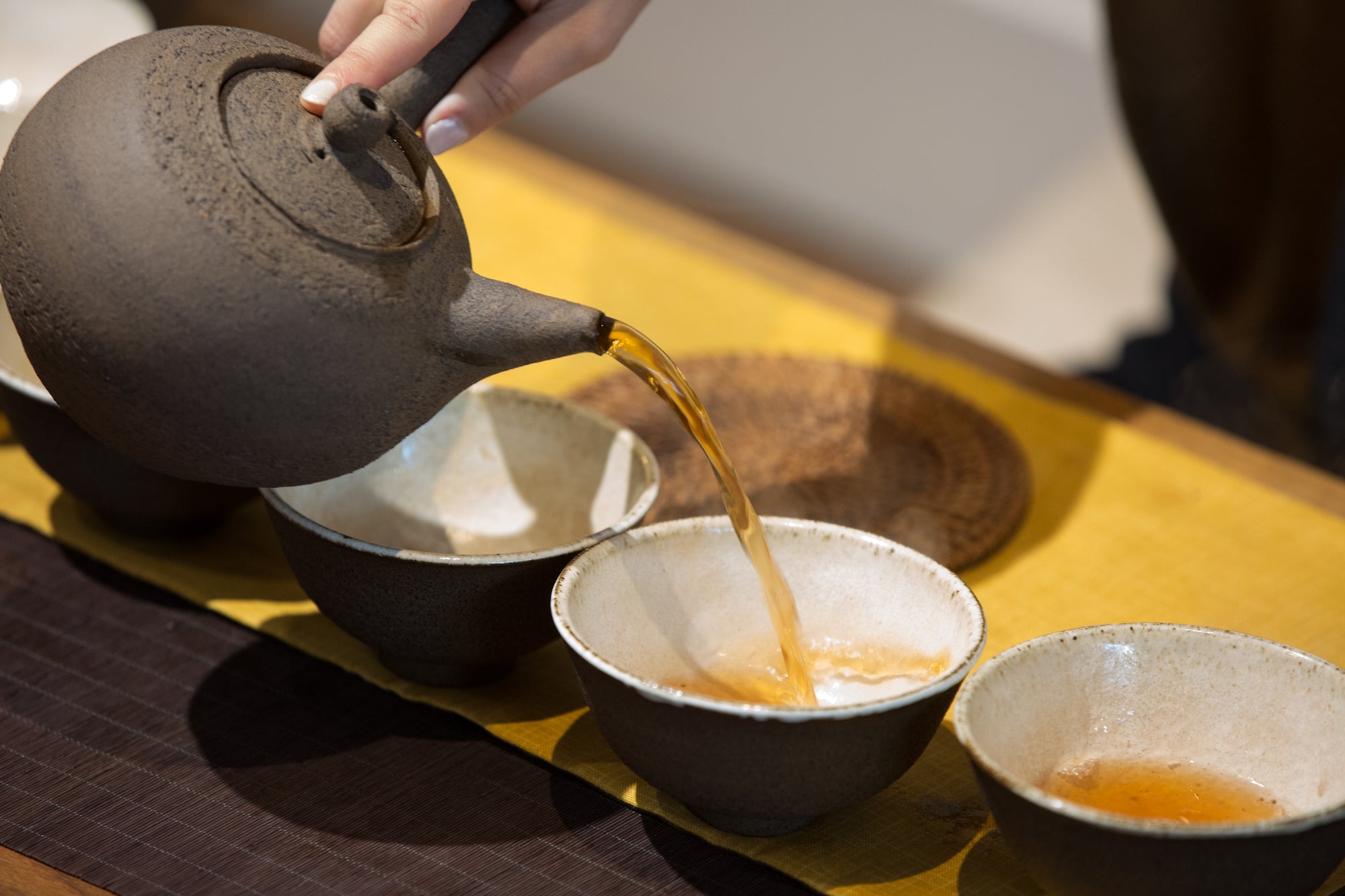The Pause That Connects Us
As the year draws toward its close, the world feels both quiet and restless. Snow softens the landscape while lights, music, and the rhythm of preparation pull us outward, reminding...

FOUNDATIONS
Rooted in mindful simplicity, tea practice invites us to slow down, quiet the mind, and brew with attention. The ritual anchors us in the present moment, supporting deeper connection to clarity and meaning.

Prepare Your Water and Space
Pause and Center Yourself
Warm the Teaware
Add Tea Leaves
Awaken the Tea
Brew and Pour
Engage Your Senses
Repeat with Presence
Closing with Care


As the year draws toward its close, the world feels both quiet and restless. Snow softens the landscape while lights, music, and the rhythm of preparation pull us outward, reminding...
“When one stays in the darkness long enough, one begins to see.”— C.G. Jung Winter invites us into a different rhythm. The light recedes, the world quiets, and life moves...
The first frosts of winter remind us that change is constant, and that fear often accompanies the unknown. In this season of Water, we are invited to notice what we...
Winter drifts in like a quiet river, carrying us beneath the surface of our own attention. In these soft, inward currents, we can meet ourselves with calm, clarity, and curiosity....